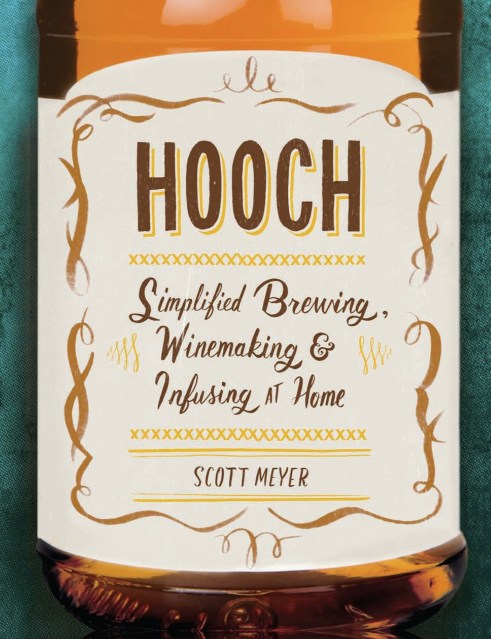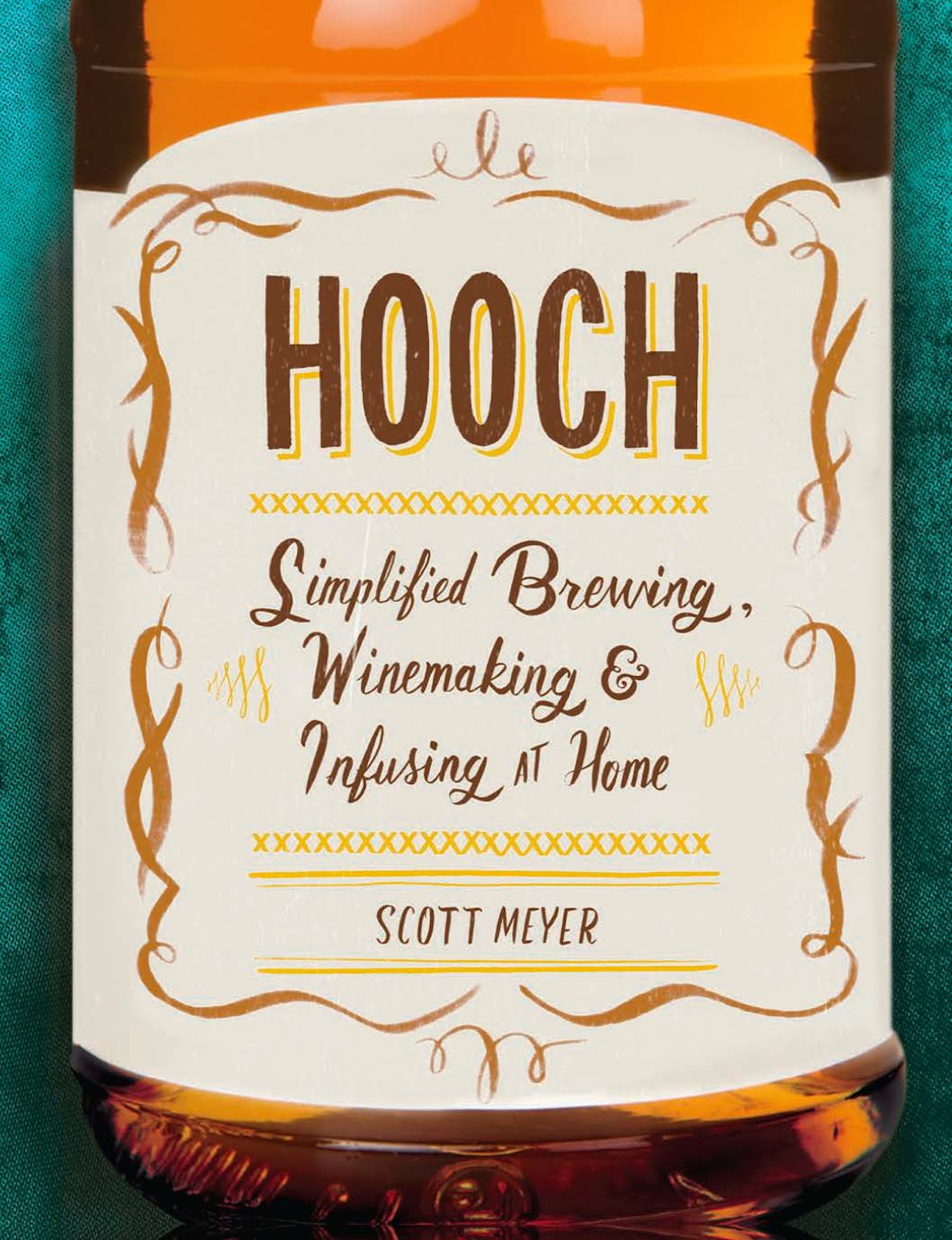Promotion
Use code MOM24 for 20% off site wide + free shipping over $45
Hooch
Simplified Brewing, Winemaking, and Infusing at Home
Contributors
By Scott Meyer
Formats and Prices
Price
$14.99Price
$18.99 CADFormat
Format:
ebook $14.99 $18.99 CADThis item is a preorder. Your payment method will be charged immediately, and the product is expected to ship on or around May 28, 2013. This date is subject to change due to shipping delays beyond our control.
Also available from:
Perfect for the city-dweller, urban gardener, or anyone with limited space and a desire to make custom concoctions, Hooch offers projects to suit any lifestyle. With recipes for brews made from grapes, hops, and herbs, DIY boozers will find everything they need to begin a brewing journey.
Genre:
-
Good Spirit News
“Looking to create your own beer, wine and spirits at home? Look no further…[T]he directions by Mr. Meyer, make it all seem quite simple. The section on resources is highly recommended.”
Cleveland.com
“It's hard not to at least pick up and peruse a book called "Hooch"…Brewers with an organic sense, adventurous palate and love of gardening might be interested.”
Bookpage
“Whether it's a way to make cider from apples, mead from honey, or gin infused with rose hips, Meyer is still at it, at the still, distilling step-by-step knowledge into inebriating wisdom.”
- On Sale
- May 28, 2013
- Page Count
- 208 pages
- Publisher
- Running Press
- ISBN-13
- 9780762448296
Newsletter Signup
By clicking ‘Sign Up,’ I acknowledge that I have read and agree to Hachette Book Group’s Privacy Policy and Terms of Use







